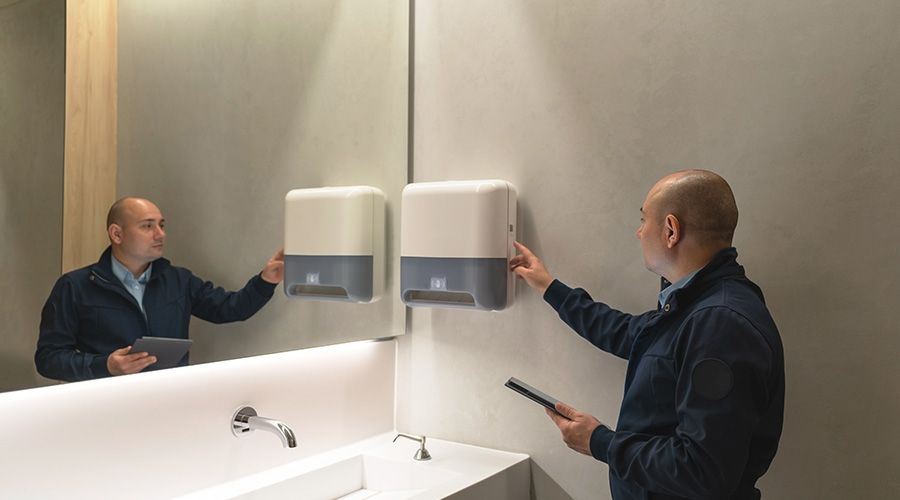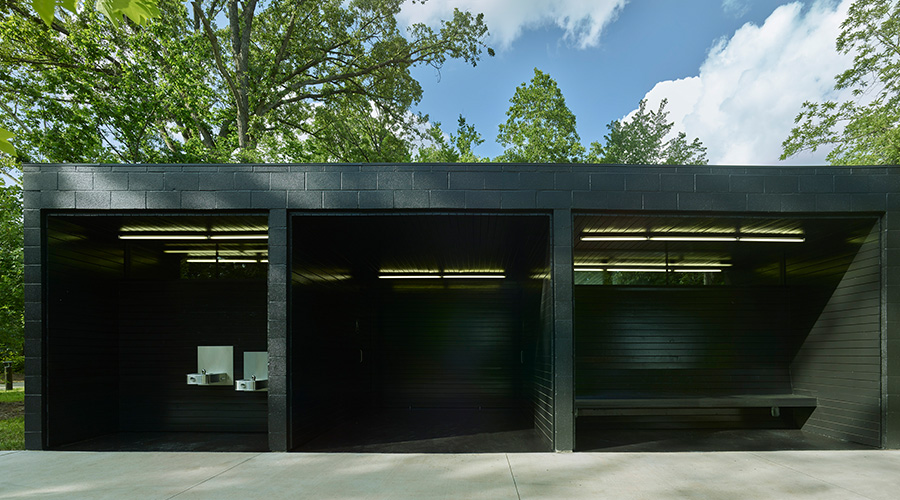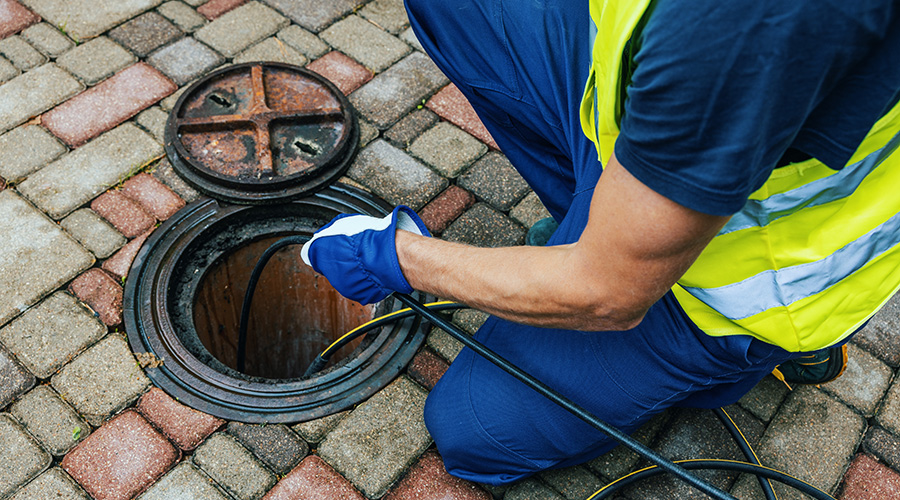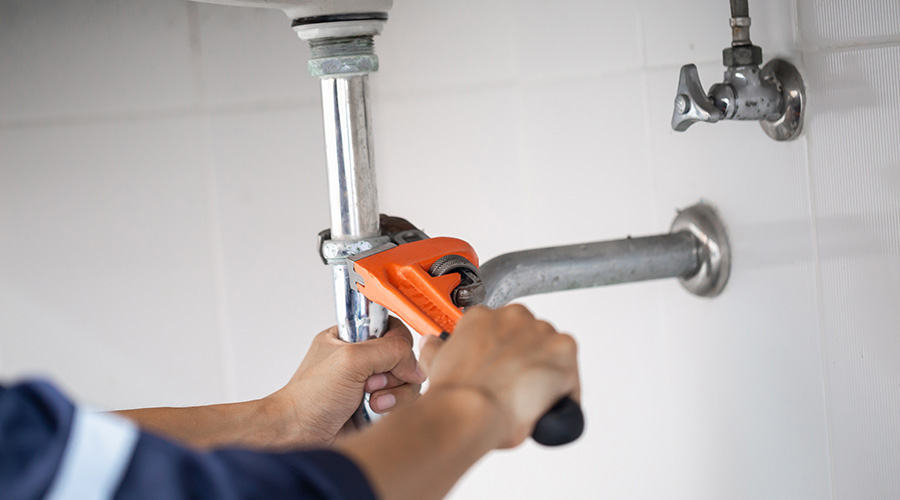Restroom Upgrades Create Installation Issues
One of the most challenging issues facing managers planning restroom upgrades involves building codes. The last few years have seen the development of a range of new plumbing products.
As a result, it is not uncommon to find local inspectors and code officials who are not familiar with a product or might feel it is inappropriate to use it in a particular application. Even when the International Plumbing Code and state-adopted plumbing codes permit the use of a particular device, some local jurisdictions might not.
To minimize code-compliance issues — even when drawings already have been approved — managers should meet with code officials in order to detail the steps they are planning to take in the upgrade program, as well as their reasons for taking these steps.
Frequently, managers and code officials can resolve issues with little or no modification to the planned construction. By taking this approach, managers can resolve issues before construction begins, avoiding both acceptance delays and costly modifications.
ADA compliance presents another common challenge facing restroom upgrades. Managers need to review all construction drawings carefully to ensure they comply with ADA requirements. Even then, issues can arise, due to construction conflicts or contractors who do not follow the letter of the design.
Managers can minimize conflicts by selecting a contractor who fully understands ADA requirements, and by closely monitoring the contractor's performance. The sooner managers and contractors identify potential ADA issues, the easier it will be to resolve them.
A manager's involvement with a restroom upgrade does not end when construction ends. If the project is to deliver long-term performance, managers must ensure front-line workers properly clean it. Managers have two key considerations when addressing this challenge: tasks and frequency.
No uniform standard exists in these areas because both depend on the type of finishes installed and the level of use of the restroom. Manufacturers of installed components can give a first approximation of the tasks workers need to perform and their frequency, but managers will have to modify both of them to meet the specific hygiene requirements of the restroom and the facility.
James Piper, P.E., is a national consultant based in Bowie, Md., with more than 25 years of experience with facilities and maintenance management issues.
Related Topics:













